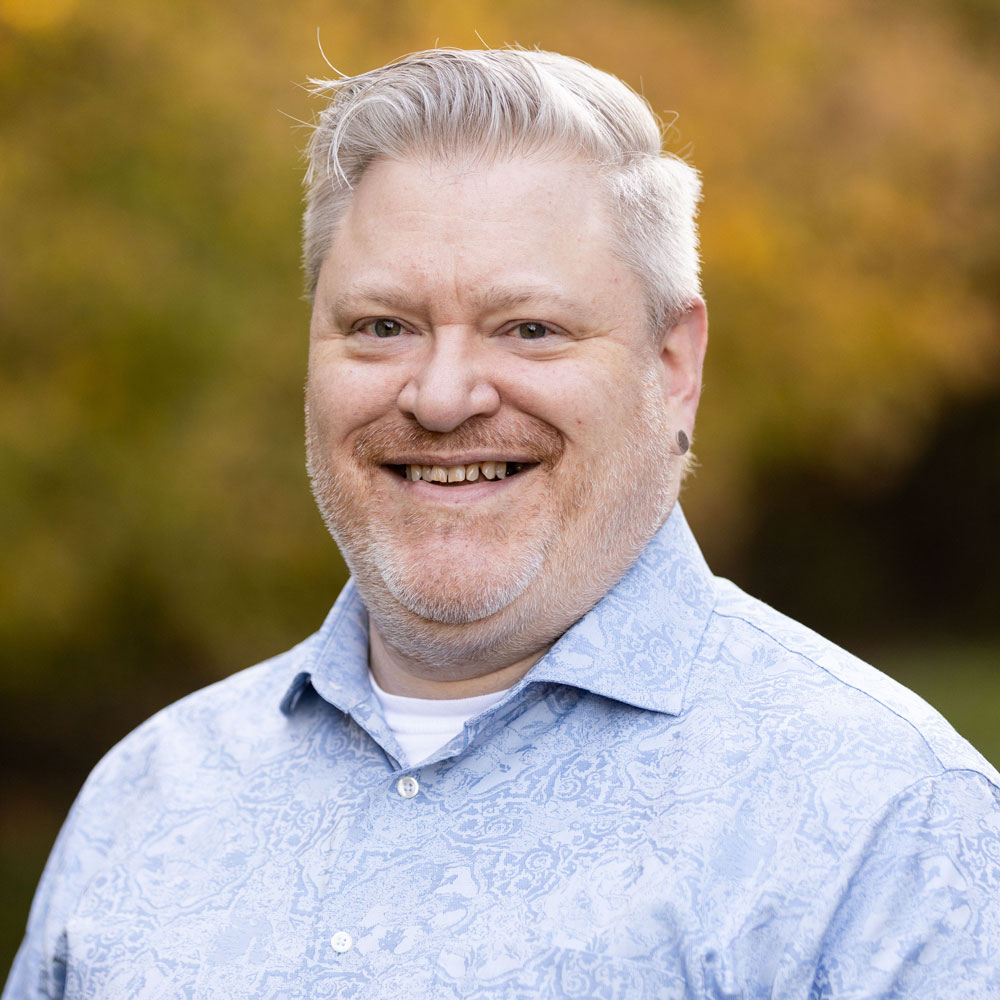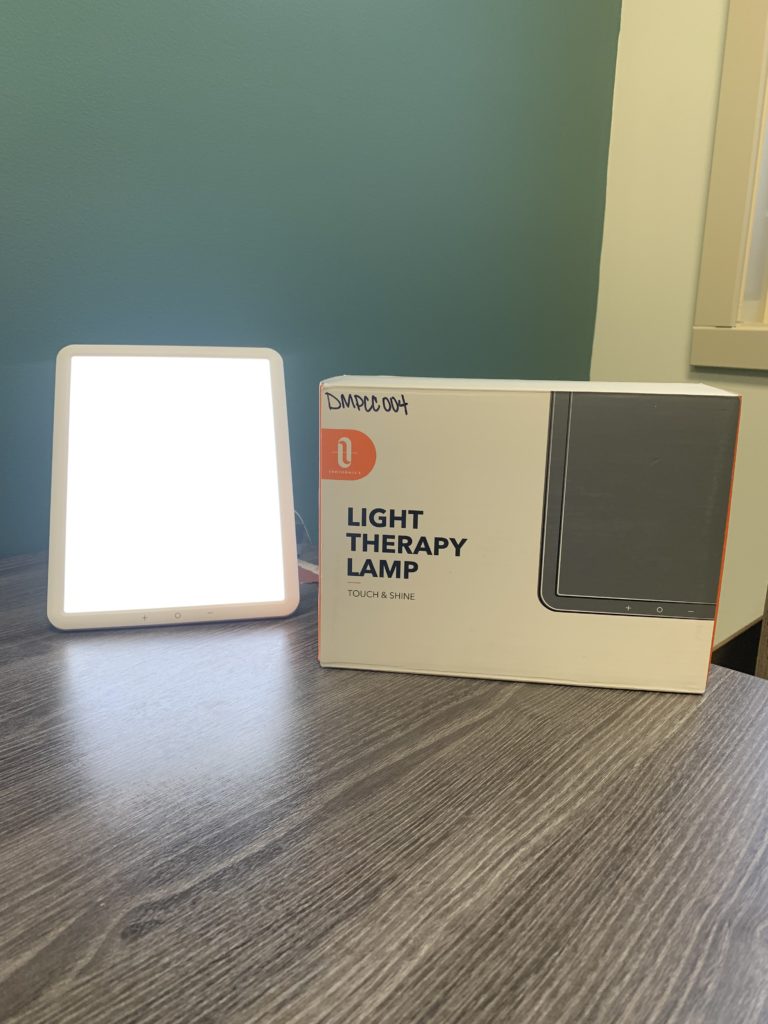Experiencing Winter Blues? Understanding Seasonal Affective Disorder (SAD) with Dr. Geoffrey Hills, Psychiatrist
In Johnny Nash’s song I Can See Clearly, the singer references that all his troubles and pain are gone and now he sees nothing but blue skies and sunshine. While this song is metaphorical, it is also rooted in science. Some people experience increased mental health issues during the fall and winter months specifically due to the lack of daylight and sun exposure. This is referred to as Seasonal Affective Disorder (SAD). The Center’s Dr. Geoffrey Hills, Psychiatrist, explains in greater detail and talks about treatment options.
What is Seasonal Affective Disorder (SAD)? What are symptoms, common complaints, etc.?
Dr. Hills: “Seasonal Affective disorder (SAD) refers to an increase in depressive symptoms specifically during the fall and winter months. These can include sadness, fatigue, apathy, poor focus, sleep disruption and/or increased appetite. There can be a loss of motivation even for things a person normally enjoys and a need to sleep more. The cause of SAD may vary from individual to individual, though appears to be related to the decreased amount of daylight available in the winter months. This can affect the levels of message-carriers in the brain such as serotonin and melatonin. The effect of these message carriers on our circadian rhythm (i.e., our “internal clock”) may be what causes many of the symptoms.”
Whom does SAD affect?
Dr. Hills: “Not surprisingly, SAD is more common among people who live farther from the equator. Women and younger adults tend to be affected more. There may also be genetic factors or hormonal shifts that contribute to symptoms as well.”
How can mental health clinicians treat clients who are affected by SAD? Are there potential side effects with the treatments?
Dr. Hills: “Clients presenting with depressive symptoms during the winter months should of course be assessed as they would be throughout the year. Healthy habits including proper diet, consistent sleep, exercise, social engagement and time outdoors on sunny days will benefit almost everyone. Some medications can also be useful in treating SAD. However, to the extent that symptoms appear to be specific to seasonal changes, the use of a light therapy lamp is a good and safe option for treatment. These lamps are widely available and can be affordable for most households. The intensity of the lamp should be 10,000 lux. When used, it is placed about 1-2 feet away from the person and using it first thing in the morning is recommended for the best effect. The person need not be looking directly at the lamp, but just have it in their range of vision. Using a light therapy lamp is quite safe, though some people could experience a headache or eye strain with prolonged use. Other side effects such as increased irritability or sleep disruption can happen, though are very uncommon.”
What are some common concerns or misconceptions about SAD?
Dr. Hills: “The benefit of light therapy lamps is due to their effect on specific receptors in the eyes. While vitamin D may have some effect on SAD, skin exposure to light is not necessary for its treatment. Patients should not use tanning beds to treat SAD.”
Any interesting statistics about SAD or anything else you’d like to add?
Dr. Hills: “There are a lot of stressors that can present during the winter months. Adverse weather, difficulty traveling, school stress, increased isolation and the pressures of the holidays can affect us all. Attention to self-care and compassion for others during these times will always serve us well in managing our struggles.”
Mind and Spirit Counseling Center has four light therapy lamps for Seasonal Affective Disorder available at the Center. They can be loaned out to clients who wish to see how it works before they buy one. A lamp can also be loaned out for a longer period of time to a household unable to afford it. If a client believes they’re experiencing symptoms of SAD, they should speak with their clinician about further assessment and treatment options.


